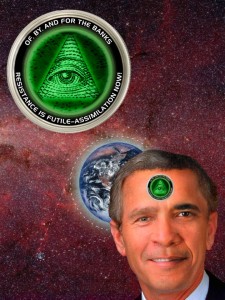 5 for elegance and good intent, 2 for being blind to reality, a strong 3 overall, November 17, 2008
5 for elegance and good intent, 2 for being blind to reality, a strong 3 overall, November 17, 2008
Peggy Noonan
I would have gone with a weak four if the book had more substance to it, but ultimately this is a “quickie” book with good intentions and elegant turns of phrase, and I certainly recommend that it be bought and read.
I am estranged moderate Republican utterly livid over the manner in which the “bi-partisan” spoils system allowed Bush-Cheney to destroy America while both Congress and the White House subverted the Constitution.
Hence, when Noonon calls for “bi-partisan” collaboration in the middle of the book, I must immediately put her in the same class as lawyers for organized crime leaders. Democracy in America has been destroyed. The League of Women Voters was pushed out of the debate business so that the Republican-Democratic debate commission could exclude Ralph Nader, Ron Paul, Chuck Baldwin, Cynthia McKinny, Gloria La Riva, and the ever so arrogant and hence irrelevant Bob Barr. We are NOT one nation, we are NOT one people, and there is nothing wrong with America that Electoral Reform will not fix. A third of the country's voters have been illegally gerrymandered out of their vote, and another third have been disincentivized by the idiocy of our campaigns.
Here Noonan earns a solid three and moves almost to a weak four when she castigates both Obama and McCain for failing to discuss any serious issues, and especially her pet rock, the electrical grid. While she is right on both counts, this is as substantive as the book gets, everything else is pabulum about bi-partisan singing kumbawah while in fact bi-partisanship is treason–Congress is broken in every possible way at the same time that the Executive is organized for incoherenceand the ONLY thing that will fix (and preserve) the United STATES of America is Electoral Reform–I am providing the text in easy to read format in the first comment below, most from Ralph Nader as refined by me.
To end on a positive note, this book is a cross between Ralph Nader's The Seventeen Traditions and Imagine: What America Could be in the 21st century while completely avoiding the reality depicted in Greg Palast's The Best Democracy Money Can Buy or Senator Tom Coburn's Breach of Trust: How Washington Turns Outsiders Into Insiders.
NOTE for my regular readers: Amazon has totally hosed up the review system. Fans that come in once a week to catch up and vote on each review are being treated as “campaign voters” and their votes are automatically deleted once they pass some threshhold, perhaps three votes for the same reviewer on the same day. You have to complain. They are also incentivizing negative reviews, and this has encouraged stalkers (whose votes get deleted) but it also peverts the system in that most of my reviews which have three times the positive votes of any other reviewer, now fall below the line because I also have a small segment of negative reviews that are oriented mostly on the premises of the book I am reviewing, not my review (most of which go right up to 1000 words and include 10 links to other books). If you select me as an “Interesting Person” at my profile, this will unbury my reviews when you as an individual visit–otherwise Amazon has sentence me to intellectual death….
Other books on the theme of this book that are better:
The Tao of Democracy: Using Co-Intelligence to Create a World That Works for All
Society's Breakthrough!: Releasing Essential Wisdom and Virtue in All the People
Doing Democracy
The Cultural Creatives: How 50 Million People Are Changing the World
Collective Intelligence: Creating a Prosperous World at Peace
The free book online (and at Amazon) with everything this books does not address:
Election 2008: Lipstick on the Pig (Substance of Governance; Legitimate Grievances; Candidates on the Issues; Balanced Budget 101; Call to Arms: Fund We Not Them; Annotated Bibliography)








